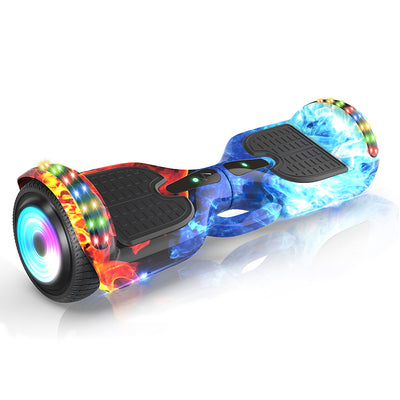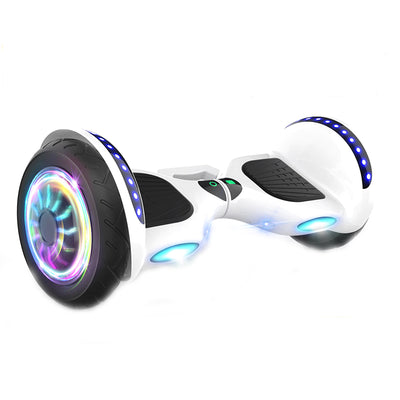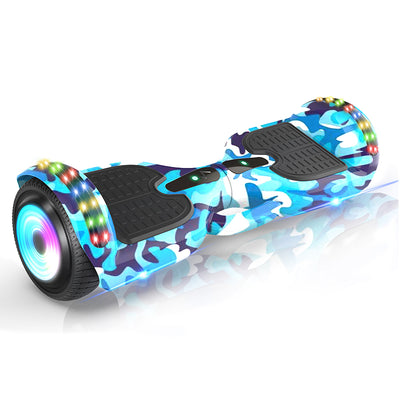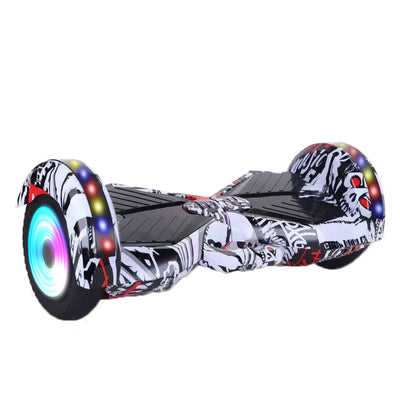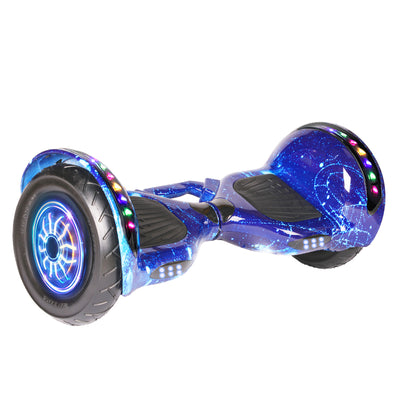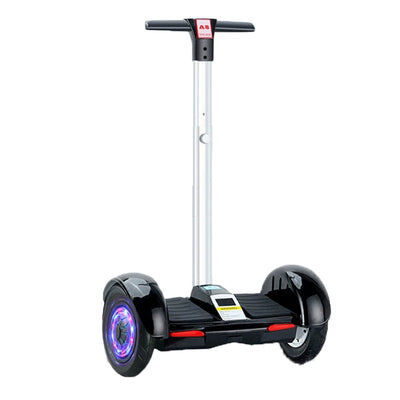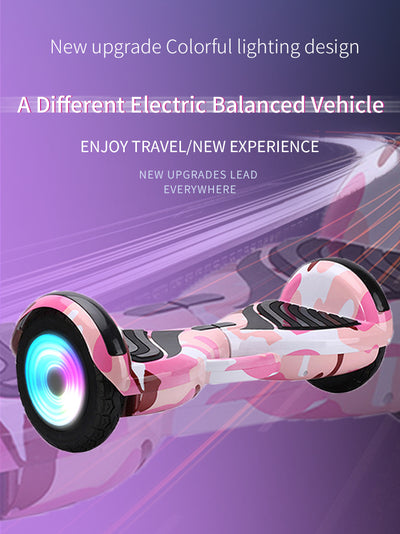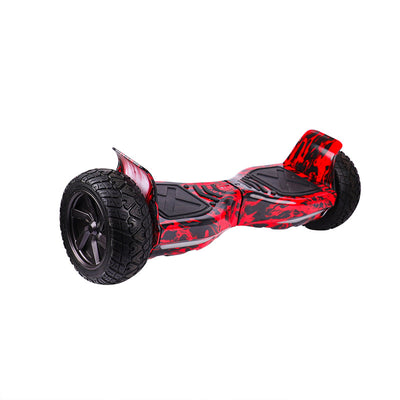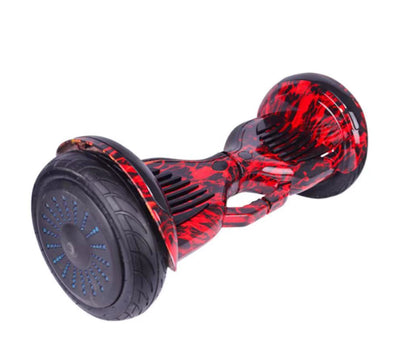In the ‘80s, when I was a child, Hoverboards – also known as self-balancing scooters – were the stuff of science fiction. Today, they’re a reality…albeit in a different form than we expected - they don’t hover!
Many people feel confused by the workings of these self-balancing boards. They hear the term “self-balancing”, but they look at the actual boards and feel that it’s almost a certainty they’re unstable.
In other words, they look as if they’ll catapult you off as soon as you step on. Naturally, this leaves many of us somewhat reluctant to have ago – visions of embarrassing viral video footage assault the senses, and the less we like to cringe, the less likely we are to have ago.
Fortunately, the reality is that hoverboards are extremely stable. The best way to realise this is to understand how they work, and this is what we are going to explore in more depth below.

What are the Main Components of a Hoverboard?
The first step in understanding how they work, is to understand the parts from which they're made. The key components include:
• The gyroscopes (one on each side)
• An internal steel frame that pivot in the middle
• A PCB (printed circuit board)
• Two motors, mounted inside the wheels
• Sensors, mounted inside the wheels
• A battery
• An outside shell, usually made of plastic
So, these are the main components of the hoverboard, but how do they come together to create stability and movement?
The Wheels
Unlike a car, where the engine is doing all the work at a fair distance from the wheels, with a hoverboard, the wheels themselves contain the motor. They also contain sensors. These are tilt sensors, which determine where the board is in relation to the floor, and the speed sensor, which determine how fast each wheel is going. The information is then sent to the gyroscopes and the PCB.

The Gyroscope and Speed Control PCBs
The gyroscope receives input from the wheels, telling it how fast the wheels are turning and in which direction. The gyroscope then forwards this information to the main PCB located towards the middle of the device on one side.
When you first use the hoverboard, you will usually need to configure it. Here, you lay it on a flat surface so that the sensors and the gyroscope learn the correct tilt for flat, which is at 0 tilt. If you mis-calibrate the unit, it can send it off balance. However, they’re relatively easy to calibrate and you can find plenty of information online if you do become stuck.
The Main PCB
Think of this as the hover boards brain, or as housing it’s executive functions. It oversees the entire system and makes sure that the board is working correctly. It keeps things in balance and at the desired speed. It communicates between both wheels, sensors, gyroscopes, and motors, ensuring that they all function correctly.
It also has other functions too, such as setting maximum speeds and other safety features.
The Battery
This is the powerhouse of the board. They are heavy duty and relatively long lasting batteries.
How Does It All Work Together?
The hover board has pressure pads that sense where you are in space. To speed up, you lean forward, and this exerts pressure on the pads, thus telling it to move forward. The pressure pads relate to individual wheels, so to move to the right, you would lean forward and exert more pressure towards the right hand side of the board.

It might sound complex, but it’s very intuitive, and you will get used to it within a relatively short space of time. Above all else, it’s important to realise that they are safe and stable, however counter intuitive that might seem!


